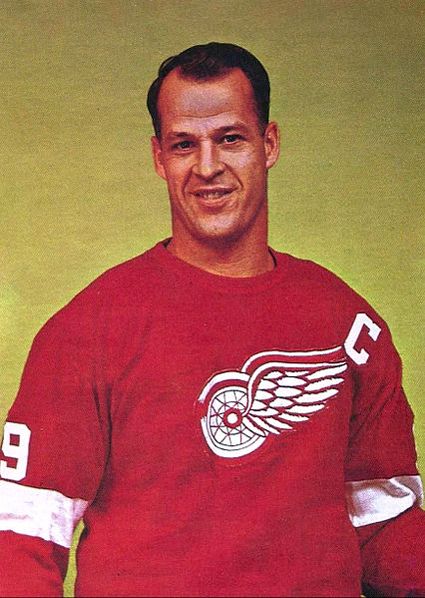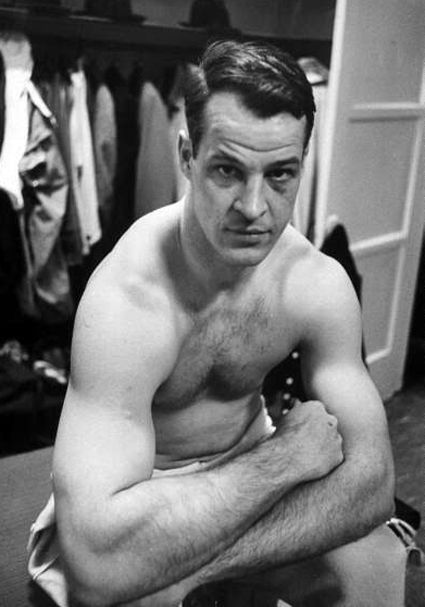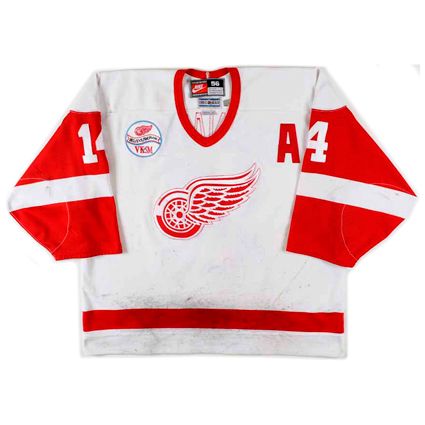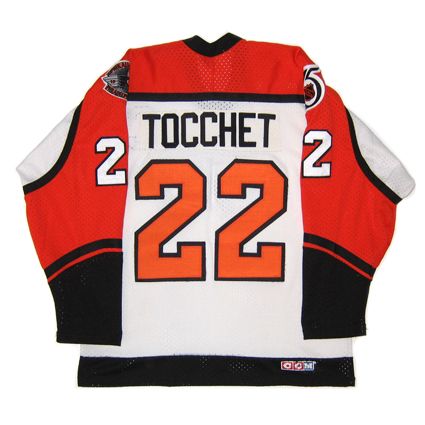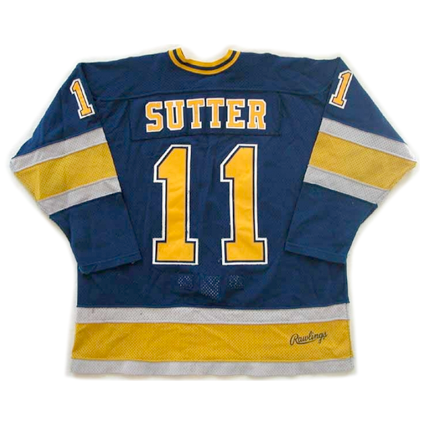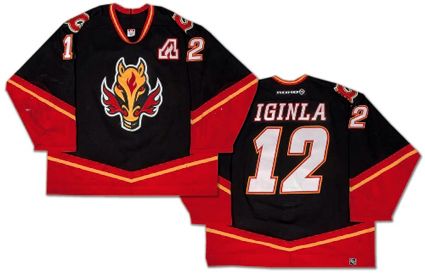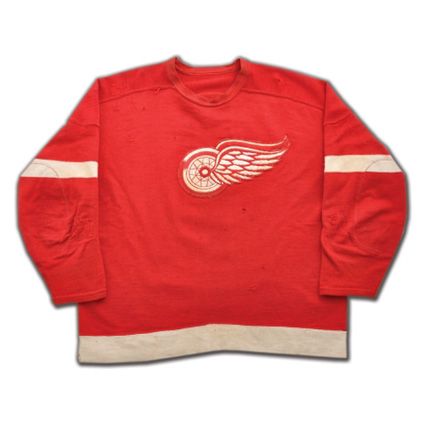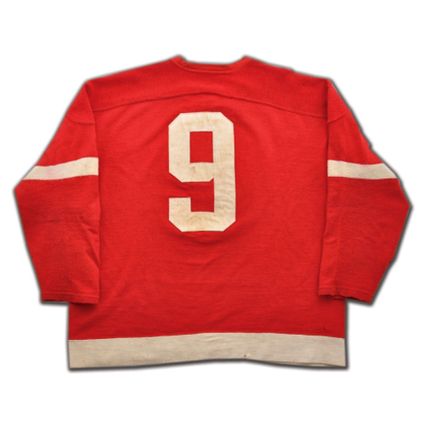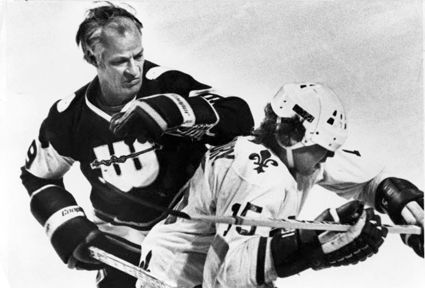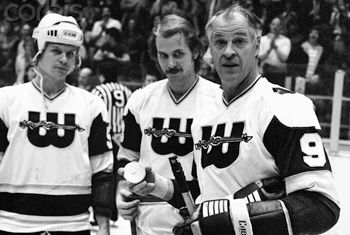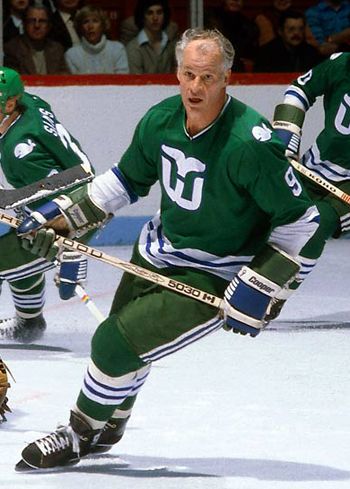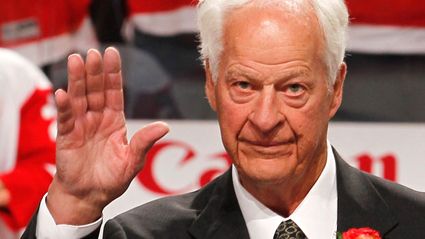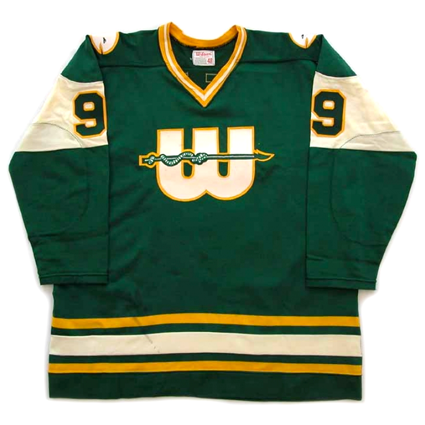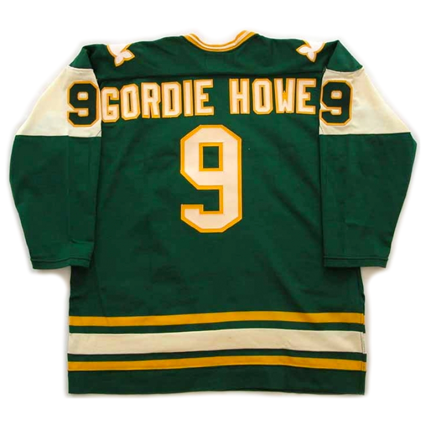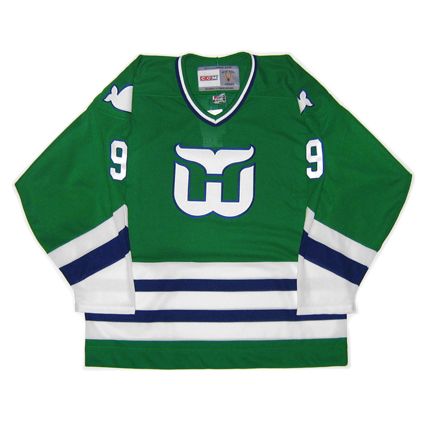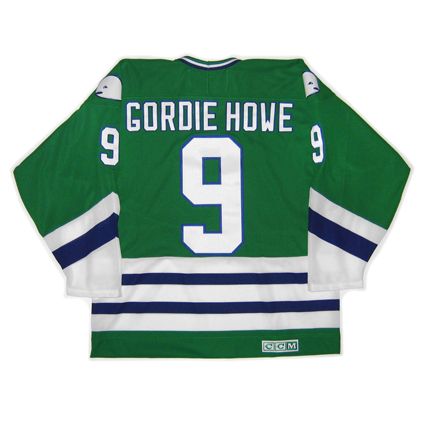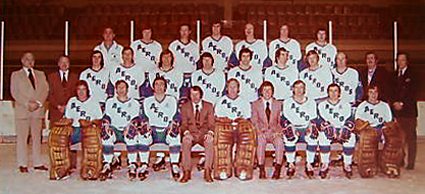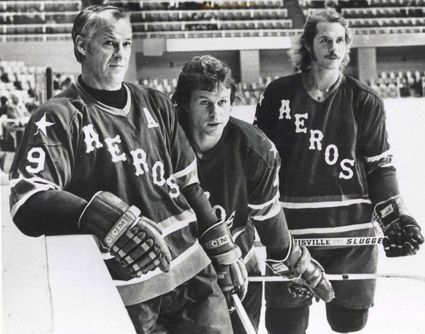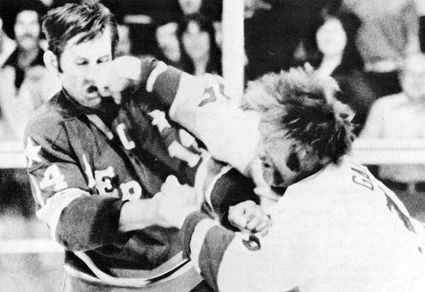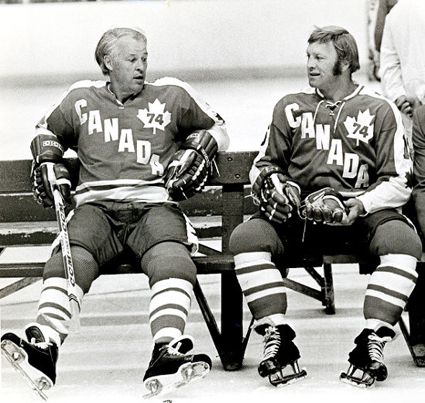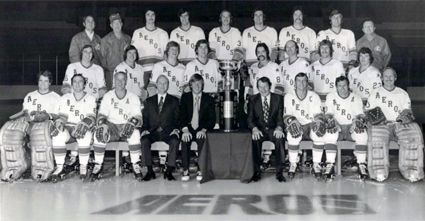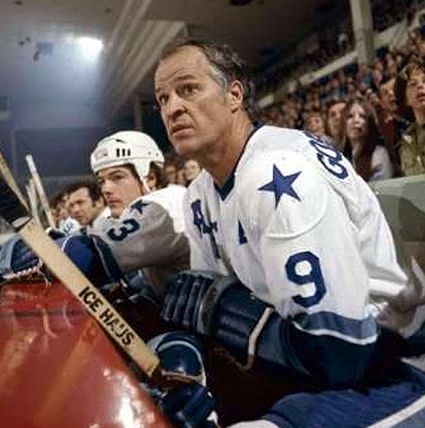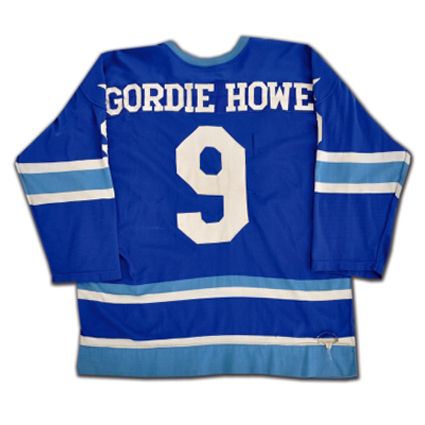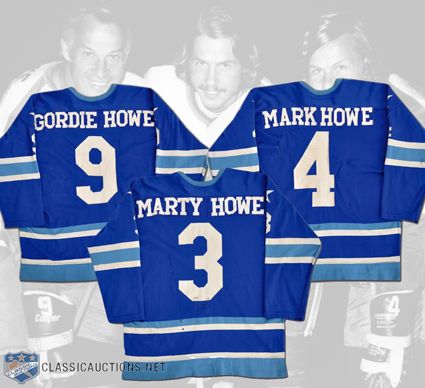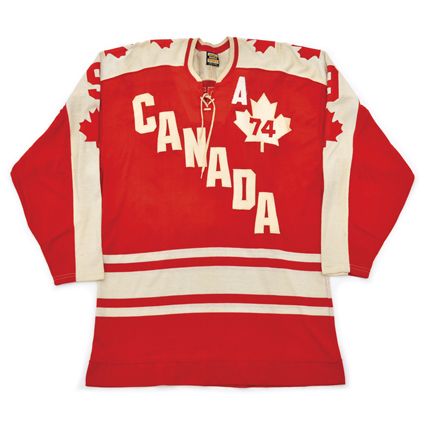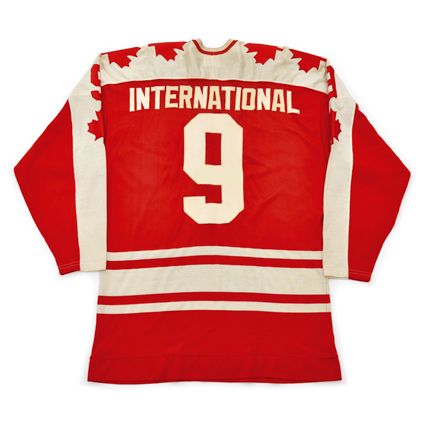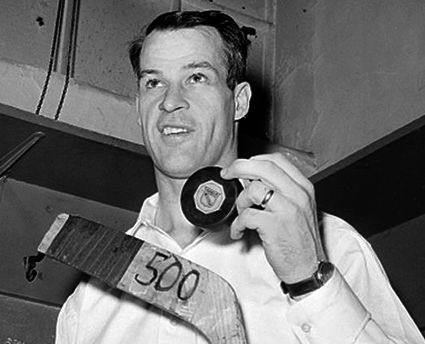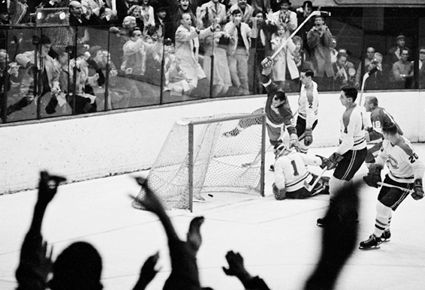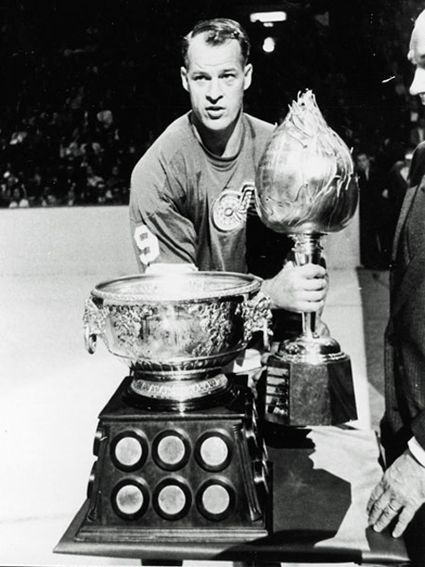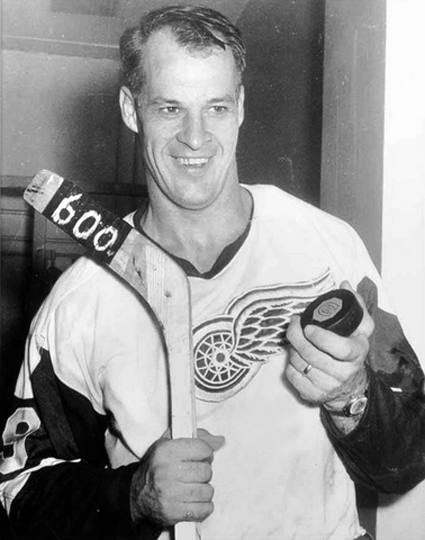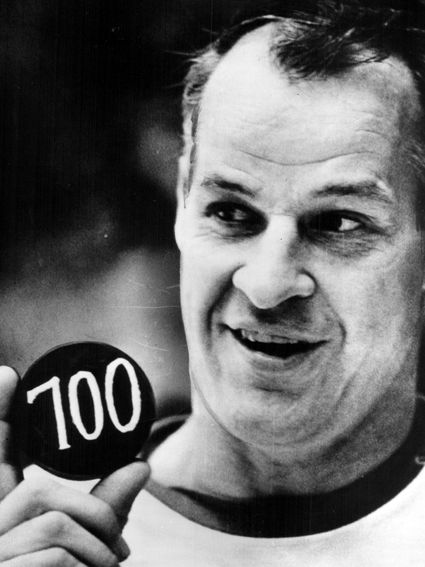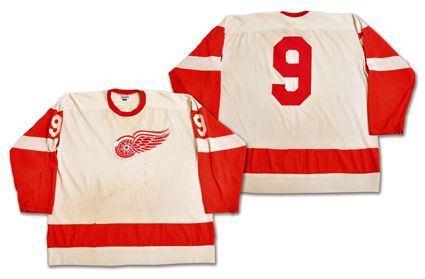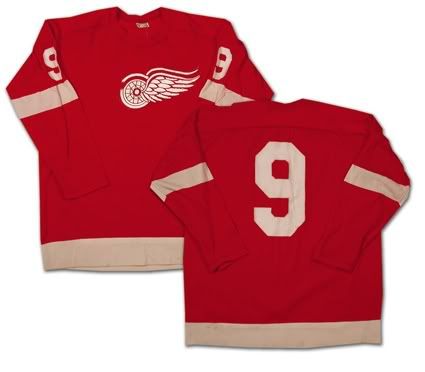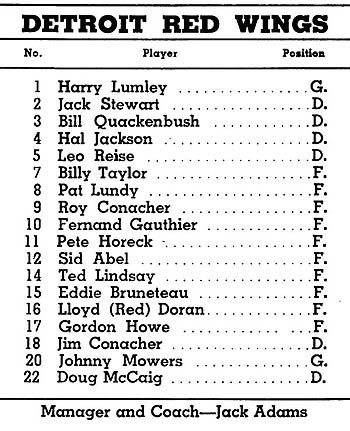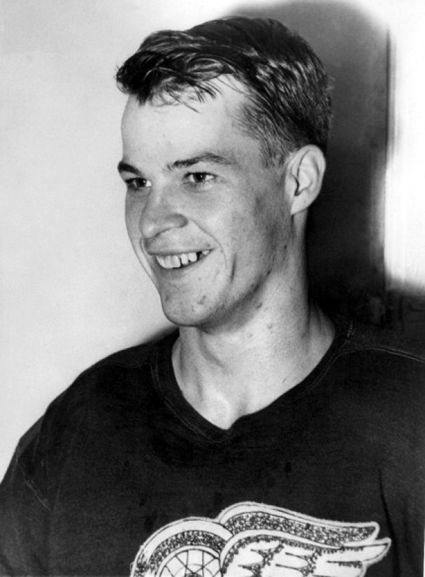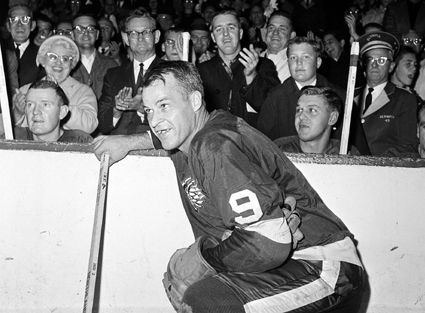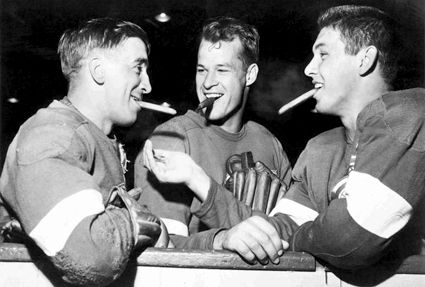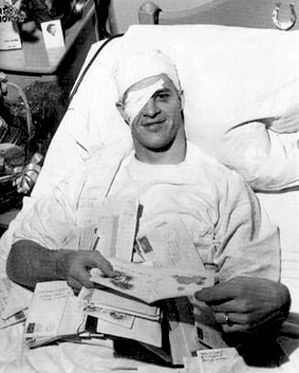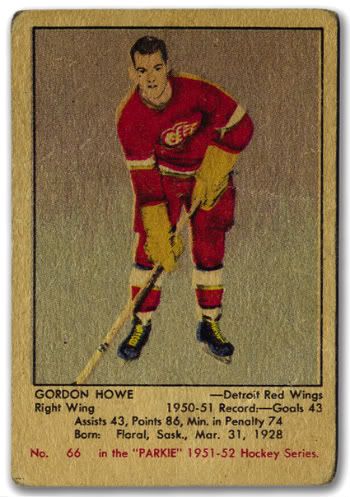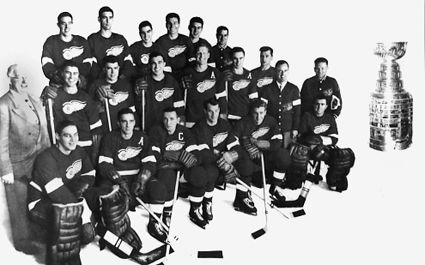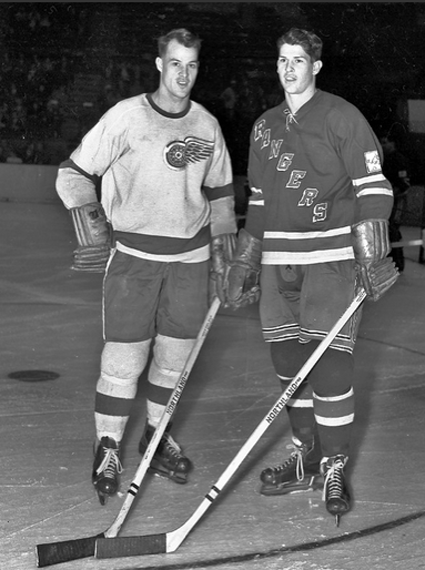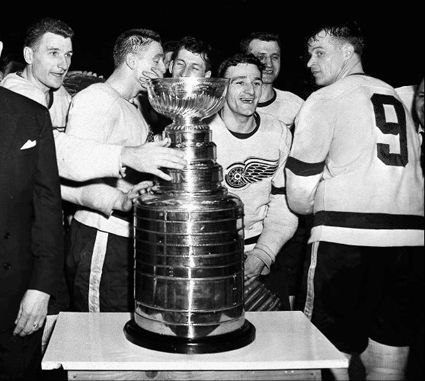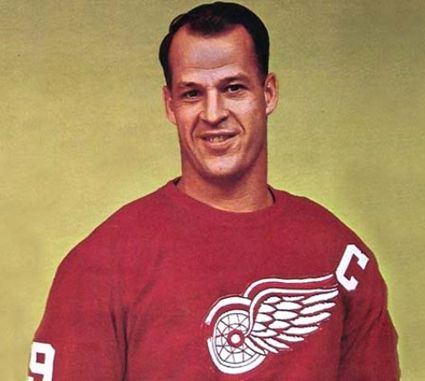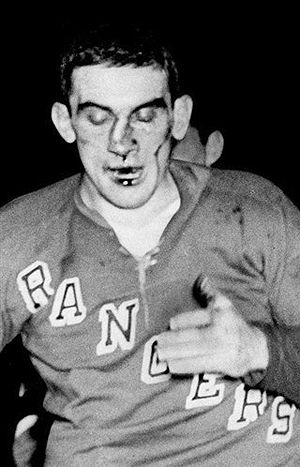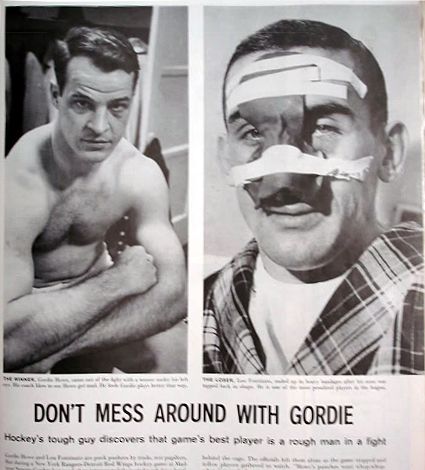Howe, known for both his scoring ability combined with his unquestioned toughness, became the namesake for the combination of being credited for an assist, scoring a goal and engaging in a fight during a game. Despite the feat of having an offensive contribution combined with pugilism being named for Howe, he only managed the feat twice during his lengthy NHL career.
His first came on October 11, 1953 when he fought Fern Flaman of the Toronto Maple Leafs, assisted on a goal by Red Kelly and later scored a goal. His second Gordie Howe Hat Trick came later that same season when he first scored a goal, assisted on a goal by Ted Lindsay and then fought Teeder Kennedy, again against Toronto, on March 21, 1954.
The first recorded Gordie Howe Hat Trick happened back on December 22, 1920 when Harry Cameron of the Toronto St. Pats had a busy night against the Ottawa Senators.
The all-time leader in Gordie Howe Hat Tricks is Brendan Shanahan, with 17. His first came as a member of the New Jersey Devils on February 11, 1989. He would eventually have three while with New Jersey, five while as a member of the St. Louis Blues, one with the Hartford Whalers and eight for the Detroit Red Wings.
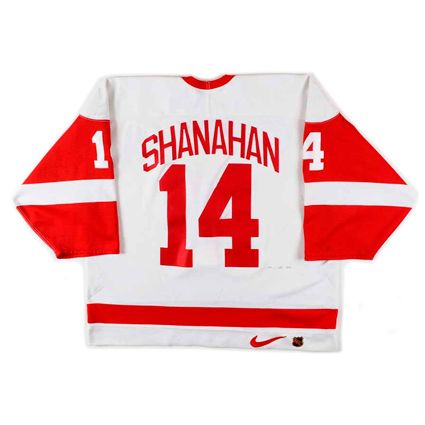
A 1997-98 Detroit Red Wings Brendan Shanahan jersey
from the career leader in Gordie Howe Hat Tricks.
Next on the list of regular season Gordie Howe Hat Tricks is Rick Tocchet with 15 while with the Philadelphia Flyers, Pittsburgh Penguins, Los Angeles Kings, Boston Bruins, Phoenix Coyotes and again for the Flyers. Adding in his playoff totals, Tocchet becomes the all-time leader with 18.
Double Gordie Howe Hat Tricks have happened on a few occasions, with the first being on March 9, 2010 when Fedor Tyutin had a goal and two assists and Ryan Getzlaf had a goal and an assist of his own as well as having a fight with each other!
Adam Henrique and Jarome Iginla duplicated the feat when they fought each other on January 10, 2012 with Iginla also having a goal and 2 assists and Henrique having one of each for a Gordie Howe Hat Trick of his own.
In a slightly more unusual variation of the double Gordie Howe Hat Trick, Joe Thornton and Ryan Clowe both had a goal, an assist and a fight for the San Jose Sharks, the only double by two players on the same team during the same game.
The most memorable night in Gordie Howe Hat Trick history was November 14, 1992 game between the Buffalo Sabres and the New York Islanders when Tom Fitzgerald and Benoit Houge of the Islanders, Wayne Presley of Buffalo all achieved the feat for the only triple in Howe history, with Presley and Houge having fought each other in the final minute of the second period and Fitzgerald's fight completing his hat trick with a fight against the Sabres Colin Patterson at 13:46 of the third period.
History was made earlier this season when Steve Pinizzotto of the Edmonton Oilers was recalled from the Oklahoma City Barons on November 19, 2014 for his 19th career NHL game and managed to record a Gordie Howe Hat Trick on the night he scored his first career NHL goal.
While you may expect a rough, offensively skilled player like Shanahan or Tocchet to be a likely candidate for a Gordie Howe Hat Trick, sometimes a player who you might not expect can join the club, such as the offensively gifted Pavel Datsyuk.
Conversely, there are tough guys you don't expect to find on the scoresheet who have the planets align one magical night, allowing them to find the back of the net, such as career 17 goal scorer Kelly Chase of the Blues, who welcomes Jaden Schwartz and Vladimir Tarasenko to the club with a entertaining history lesson for the youngsters.

